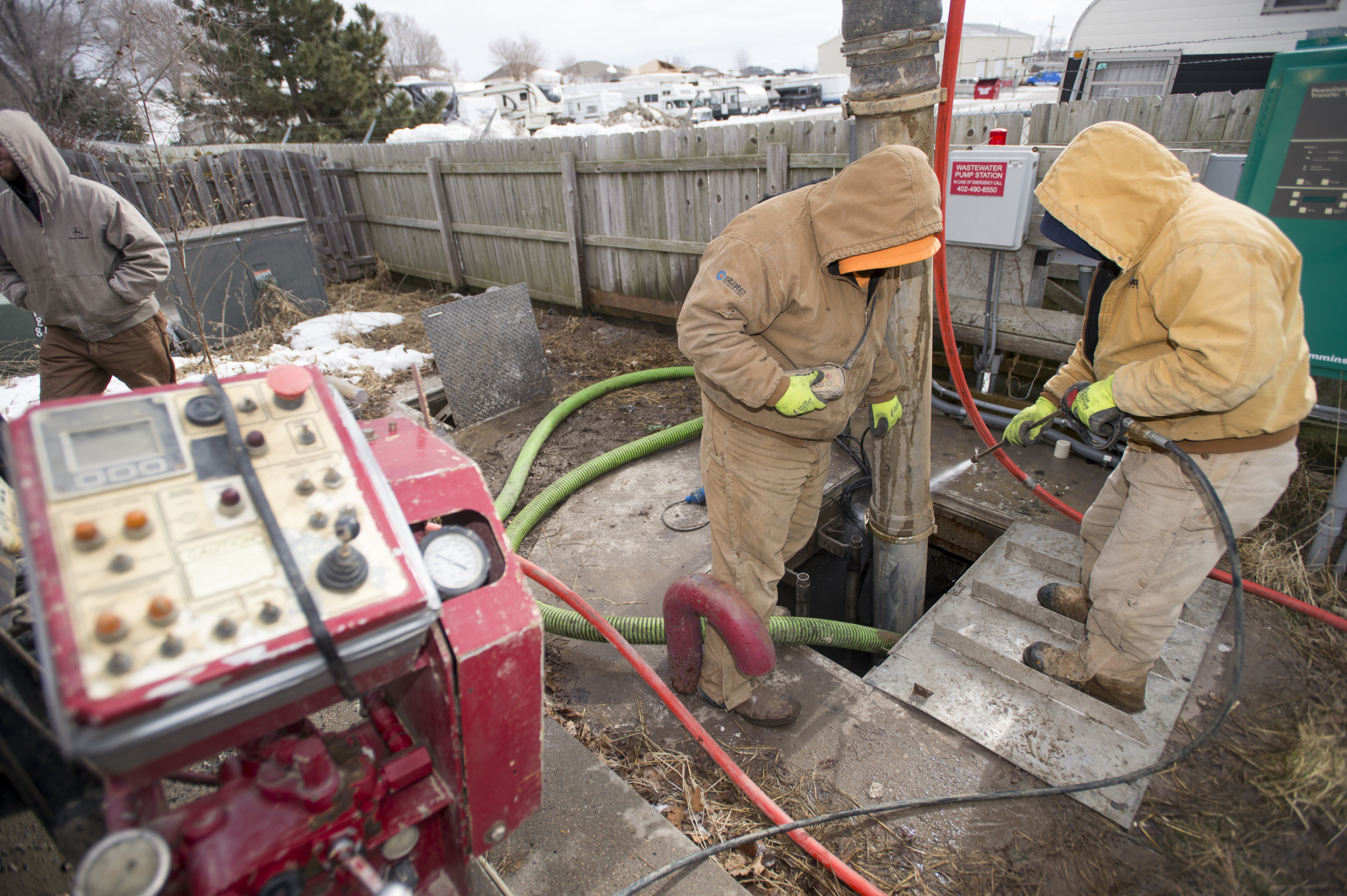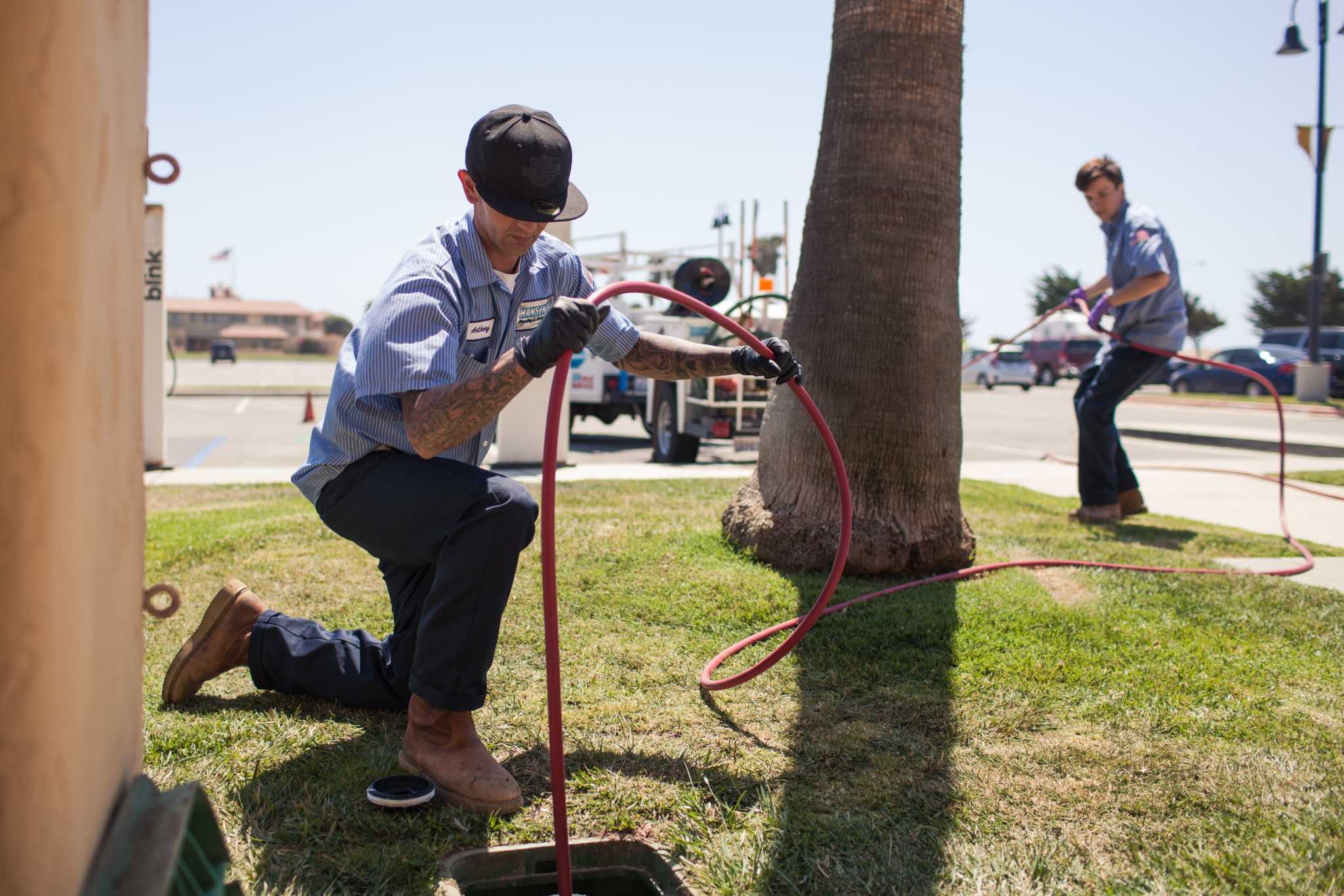Interested in Education/Training?
Get Education/Training articles, news and videos right in your inbox! Sign up now.
Education/Training + Get AlertsJose Moraga takes the safety of his employees seriously, and thus the necessary training that allows for safe job site practices.
New workers immediately take a comprehensive training class, held in a construction trailer “classroom” on the grounds of the company he owns, J Moraga Construction, in Merced, California.
“They go through a two- to three-day training seminar before they even set foot in the field,” Moraga says. “Back in the day, they’d put new workers in a truck and let them learn out in the field. But we work in city streets and rights-of-way, with lots of moving pieces and lane closures. To throw them right out into the field seems kind of crazy to me.”
The training sessions started about four years ago. During classes, employees watch training videos and take simple tests to help them understand the kind of work that J Moraga does. The presentations run the gamut from how to “white-mark” jobs to how to evaluate a landscape for potential obstacles, such as vaults, meters and telephone boxes.
“We teach them to identify utilities and what 811 is all about,” Moraga says. “It’s all critical to our success.”
Later, employees get taught how to operate equipment, from skid-steers and jackhammers to eventually digging with hydroexcavators — even a quick primer on the importance of wearing personal protection equipment. The company also sends employees to a nearby Ditch Witch facility for more detailed training about operating equipment (the company relies heavily on Ditch Witch machines).
“We’ll also show them how to safely back up a truck with a trailer,” Moraga says. “Or how to properly connect a trailer to a truck. It may all seem very fundamental, but all the experienced guys are already working, so we’re dealing with a lot of inexperienced workers.”
Moraga estimates that the initial training — which includes classroom time, seminars and field training — costs anywhere from $4,700 to $6,500 per person. But it’s well worth the investment, he says, especially since employees might eventually operate equipment that’s not only very expensive, but dangerous.
“You could put them out there (in the field) right away, but that can really raise your liability,” Moraga says. “The last thing you want is some knucklehead out there endangering other people. So we put them through the classes and find out what they’re best suited for.”
For Backlund Plumbing of Omaha, Nebraska, cross-training is an important aspect of its training approach. It’s been key to the company’s exponential growth over the past couple decades, enabling employees to perform a variety of functions and improving the company’s efficiency.
At Backlund, some plumbers know how to operate a vac truck, for instance. In other instances, sewer line cleaners can also run inspection camera systems. And along the way, employees make themselves more valuable to the company — and sometimes even earn pay increases.
“One of my best drain technicians became a full-time cross-bore CCTV technician,” says co-owner Chris Roseland. “He got a substantial pay raise for acquiring a new skill. Cross-training is a big reason why we excel. We have very smart employees. One of our technicians likes to fix things, for example, so he learned how to repair pipeline inspection cameras. We also have interior commercial plumbers who want to be out in the dirt, digging. So they learn how to run excavating equipment. Then in winter, when there’s less digging going on, they can go back to doing interior plumbing again.”
Cross-training is time-consuming and requires thorough planning as well as a strong commitment. But in the end, it’s worth the time invested, Roseland says, and not just because of the increased efficiencies. He says that employees appreciate their employers more when they feel the company is interested in satisfying their career goals. As such, cross-training can reduce turnover as well as keep employees refreshed.
“I think our employees are happier because on most days, they never know what they’ll be doing. We’re as far from an assembly-line job as you can get,” Roseland says. “Doing different things keeps them invigorated about their jobs and helps to prevent burnout.”
Hansen’s Plumbing & Mechanical of Ventura, California, also focuses on cross-training. New apprentices will cross-train with each of the company’s technicians to get maximum exposure to different ideas and techniques. In addition to hands-on training in the shop and on the road, owner Cary Hansen also established three half-hour, internet-based training sessions a week for technicians, focusing on job safety, plumbing code updates and trade-related topics, like how to operate a water jetter.
To motivate technicians to take all that training seriously, Hansen’s Plumbing offers competitive salaries and benefits and also pays quarterly bonuses to employees who check off enough boxes on a scorecard Hansen uses to grade their performance.
“Ninety days is a better motivational window than an annual review,” Hansen says. “It keeps them more focused and more driven. They earn the bonuses if they do really well on revenue, minimize service callbacks and generally support the team and aren’t a headache to manage. If they grade out really well, they can earn a bonus, a raise or even both.”
The cash bonuses range from $150 to $250 and raises vary from 25 cents to $1 an hour.
“It works very well,” he says. “They don’t have to wait a full year for a raise, which minimizes continued requests for raises. We see a lot more positive attitudes and output.”
Windcreek Services of Gillette, Wyoming, makes sure its training goes beyond simply conveying information and takes the form of something that will stick with employees.
“If we’re doing confined space training, we not only review the information, but then do a hands-on activity,” says Randon Williamson, the company’s safety director. “Or when we discussed defensive driving techniques, employees put on special goggles that impaired their vision and had to drive around some cones. They could really see how impaired vision can affect your driving.”
Approaching training that way allows good safety practices to become ingrained in employees, Williamson says, noting that he once saw an off-duty Windcreek truck using chock blocks in a Walmart parking lot.
“Our employee was off the clock, but yet he was still embracing the safety culture we’ve created,” he says. “The worker didn’t even think twice about it (putting down the blocks) since safety is just part of who our workers are.”








